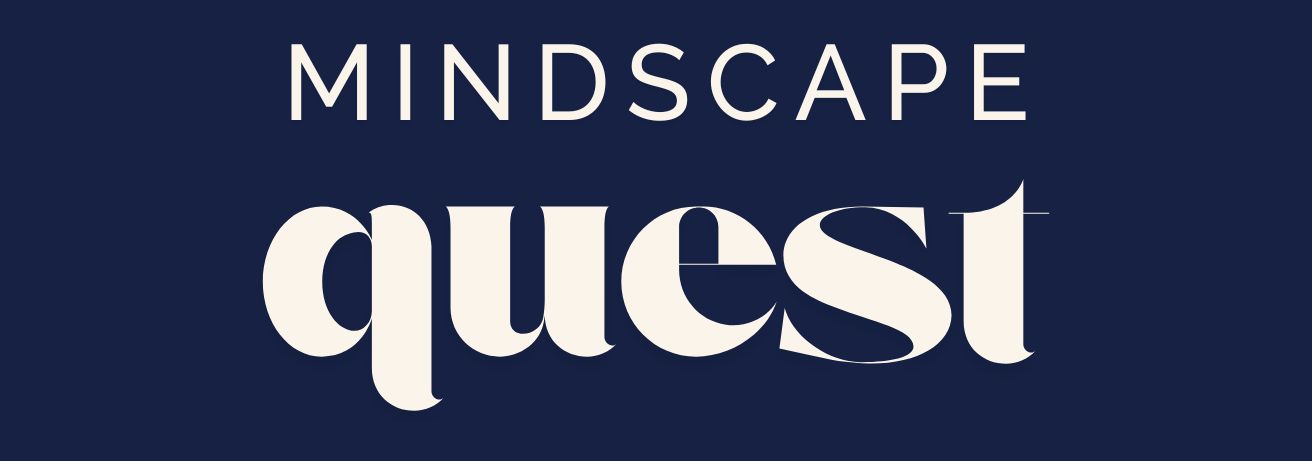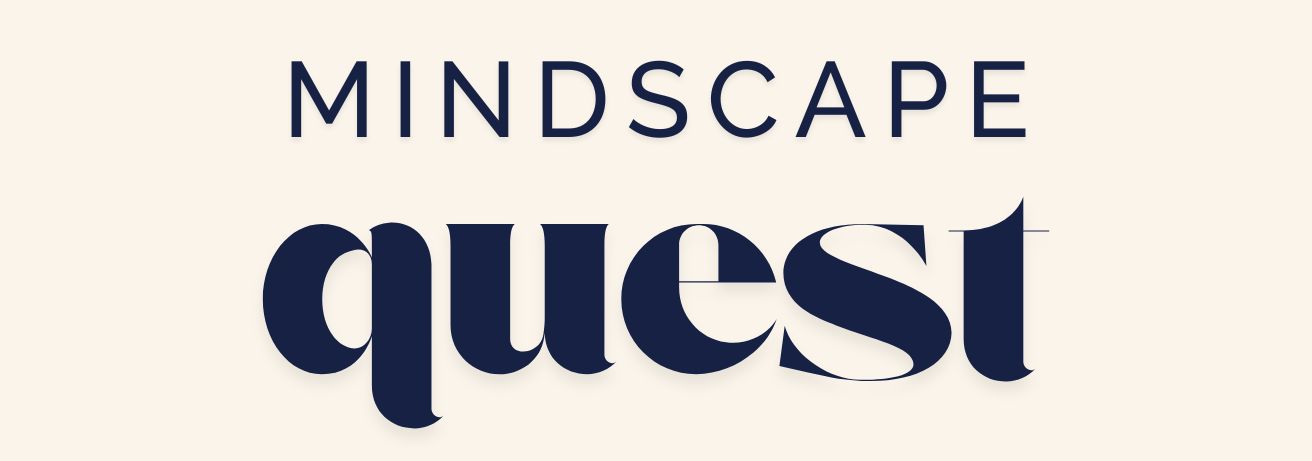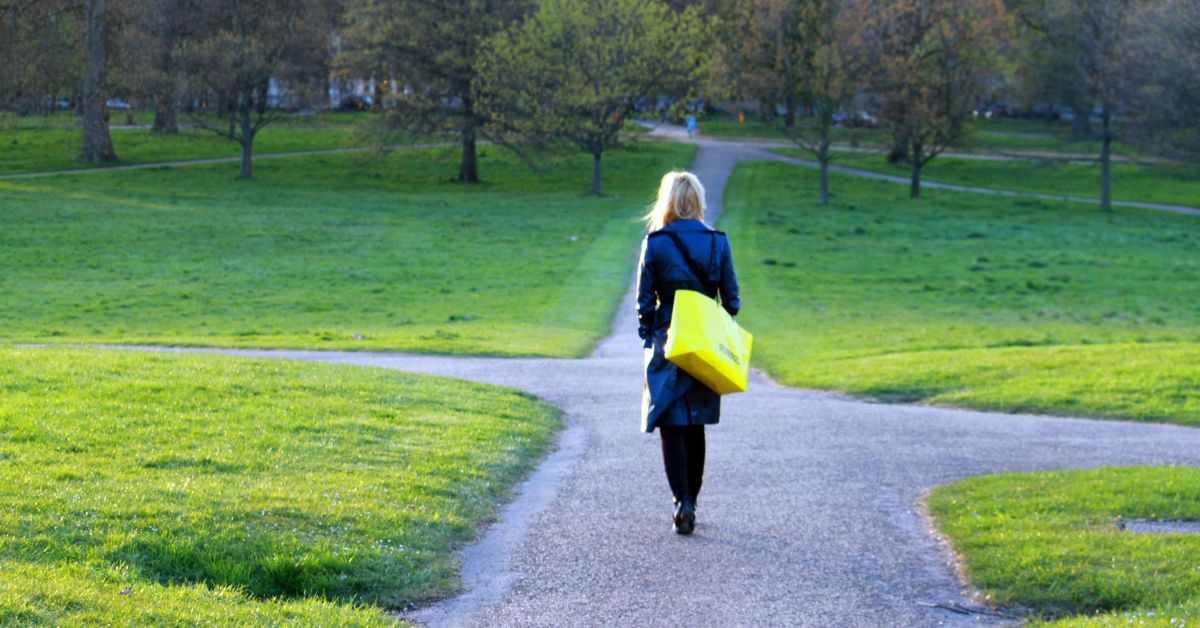Prefabricated Cabins Delivery: Convenience at Your Doorstep
Prefabricated cabins, often referred to as prefab cabins, are increasingly becoming a popular choice for those seeking additional living space or a quick accommodation solution. One of the most significant advantages of prefab cabins is the ease of delivery. Unlike traditional construction, which can be time-consuming and disruptive, prefab cabins are manufactured off-site and delivered to your location ready for installation.
This delivery process involves transporting the cabin in sections or as a whole, depending on the size and design. The convenience of having a cabin delivered directly to your site cannot be overstated. It reduces the construction time significantly, often taking just a few days to set up. This is particularly beneficial for remote locations where traditional building methods may not be feasible. Additionally, prefab cabins can be delivered to areas with difficult terrain, thanks to their modular nature, which allows for easy transportation and assembly.
Another advantage of prefab cabin delivery is the minimal environmental impact. Since the cabins are constructed in a controlled factory environment, there’s less waste and fewer disturbances to the surrounding area during installation. This makes prefab cabins an eco-friendly option for those conscious of their environmental footprint.
In summary, the delivery of prefabricated cabins offers a convenient, time-efficient, and eco-friendly solution for those in need of additional space. Whether you’re looking to create a guest house, office, or retreat, prefab cabins provide a practical alternative to traditional construction methods.
Customization Options for Prefab Cabins: Tailoring to Your Needs
One of the most appealing aspects of prefabricated cabins is the ability to customize them to suit individual needs and preferences. Unlike traditional homes, where customization can be costly and time-consuming, prefab cabins offer a range of options that can be tailored to your specifications.
Customization in prefab cabins can include a variety of features, such as:
- Floor plan layouts to suit different uses, whether it’s a cozy one-room cabin or a multi-room structure.
- Choice of materials for the exterior and interior finishes, allowing you to match your cabin to its surroundings or personal taste.
- Energy-efficient options, such as solar panels and high-quality insulation, to reduce energy costs and environmental impact.
- Additional features like porches, decks, and awnings for enhanced outdoor living spaces.
Furthermore, many prefab cabin manufacturers offer a selection of standard models that can be modified to include custom features. This flexibility enables you to create a cabin that reflects your style while meeting functional requirements.
Customization doesn’t stop at aesthetics; it extends to technological integrations as well. Smart home technologies can be incorporated into prefab cabins, providing modern conveniences like automated lighting, security systems, and climate control.
In conclusion, the ability to customize prefab cabins allows for a personalized living space that meets both aesthetic and functional needs. Whether you’re looking to create a weekend retreat or a permanent residence, the customization options available make prefab cabins a versatile and attractive choice.
Affordable Prefab Housing: A Cost-Effective Solution
Affordability is a crucial factor for many when considering housing options, and prefabricated cabins offer a cost-effective solution without compromising on quality or comfort. The streamlined construction process and efficient use of materials contribute to the affordability of prefab cabins.
One of the primary reasons prefab cabins are more affordable than traditional homes is the reduced labor costs. Since the cabins are manufactured in a factory setting, the need for on-site labor is minimized, leading to significant savings. Additionally, the controlled environment allows for precise material usage, reducing waste and further lowering costs.
Prefab cabins also benefit from economies of scale. Manufacturers can produce multiple units simultaneously, which reduces the cost per unit. This efficiency is passed on to the consumer, making prefab cabins a budget-friendly option for many.
Moreover, the quick setup time associated with prefab cabins can result in lower overall expenses. Traditional construction projects can take months or even years to complete, during which time costs can escalate due to delays and unforeseen issues. Prefab cabins, on the other hand, are typically ready for occupancy within weeks, keeping costs predictable and manageable.
For those seeking an affordable housing solution, prefab cabins offer a compelling option. With their cost-effectiveness, quick installation, and customization potential, they provide a practical alternative for individuals and families looking to maximize their budget without sacrificing quality or comfort.
Environmental Benefits of Prefab Cabins
As environmental awareness grows, many are seeking housing options that align with sustainable practices. Prefabricated cabins present several environmental benefits that make them an attractive choice for eco-conscious individuals.
Firstly, the manufacturing process of prefab cabins is more resource-efficient than traditional construction. In a factory setting, materials are cut with precision, reducing waste significantly. This efficiency not only conserves resources but also minimizes the environmental impact associated with construction waste.
Prefab cabins also offer energy-efficient designs. Many manufacturers incorporate sustainable materials and technologies, such as high-performance insulation and energy-efficient windows, which help reduce energy consumption. Additionally, options for solar panel installations and rainwater harvesting systems can further enhance the cabin’s sustainability.
The transportation and installation of prefab cabins are also environmentally friendly. Since the cabins are delivered in sections or as complete units, the need for heavy machinery and extensive site preparation is minimized. This reduces emissions and disturbances to the natural environment.
In conclusion, the environmental benefits of prefab cabins make them a viable option for those looking to reduce their ecological footprint. By choosing a prefab cabin, you can enjoy a comfortable living space while contributing to a more sustainable future.
The Future of Prefabricated Cabins: Trends and Innovations
The future of prefabricated cabins is bright, with ongoing innovations and trends shaping the industry. As technology advances and consumer preferences evolve, prefab cabins are expected to become even more versatile and appealing.
One of the key trends in the prefab cabin industry is the integration of smart home technology. As more people seek convenience and connectivity, prefab cabins are being designed with features like automated lighting, climate control, and security systems. These technologies not only enhance the living experience but also improve energy efficiency.
Another trend is the use of sustainable materials. As environmental concerns continue to rise, manufacturers are exploring eco-friendly building materials, such as recycled steel and sustainably sourced wood. These materials not only reduce the environmental impact but also offer durability and aesthetic appeal.
Modular construction is also gaining popularity, allowing for greater flexibility in design and functionality. This approach enables homeowners to expand their living space easily by adding new modules as needed. This adaptability is particularly appealing to those who anticipate changing needs over time.
Finally, the growing interest in tiny homes and minimalist living is influencing the design of prefab cabins. Many people are embracing the idea of a simpler, downsized lifestyle, and prefab cabins offer an ideal solution with their compact, efficient designs.
In summary, the future of prefabricated cabins is set to be dynamic and innovative. With advancements in technology, sustainable practices, and design flexibility, prefab cabins are poised to become a mainstream housing option for those seeking modern, efficient, and eco-friendly living solutions.










